How to ensure the processing stability of waterproof, oil-proof and anti-fouling fabrics during the waterproof and oil-proof treatment process? Are special additives or processes used to reduce impurities remaining on the surface of the fabric?
In the processing of waterproof, oil-proof and anti-fouling fabrics, ensuring processing stability is a crucial link, which is directly related to the performance, durability and customer satisfaction of the final product. Our company, as a leader in the field of knitted fabric production and post-processing, has accumulated rich experience in this field with advanced production equipment and a professional technical team, and has developed a series of efficient and stable waterproof, oil-proof and anti-fouling fabric processing technologies.
Ensuring processing stability
1. Raw material selection and pretreatment
The starting point of all high-quality fabrics is the selection of raw materials. Our company's knitting factory has more than 300 knitting machines of various types, which can produce medium and high-end knitted fabrics, including but not limited to "double-sided fabrics" and "single-sided plain fabrics". As the base material of waterproof and oil-proof fabrics, the quality of these fabrics themselves is crucial. We strictly screen raw materials to ensure that the yarn strength, uniformity and fiber structure meet the requirements of subsequent processing. In the pretreatment stage, the fabric is relaxed, dusted, and pre-shrunk in a precisely controlled temperature and humidity environment, laying a solid foundation for subsequent waterproof and oil-proof treatment.
2. Selection of auxiliaries and optimization of formulas
The core of waterproof and oil-proof treatment lies in the selection and formula design of auxiliaries. We have cooperated with well-known chemical companies at home and abroad to introduce high-performance waterproof and oil-proof auxiliaries. These auxiliaries not only have excellent waterproof and oil-proof properties, but also have good environmental protection and compatibility with fabrics. Through continuous testing and optimization, we have developed a set of customized formulas suitable for different fabric characteristics, ensuring that the treated fabrics can achieve the ideal waterproof and oil-proof effect while maintaining the original feel and breathability.
3. Advanced processing equipment and process control
The dyeing plant is equipped with more than 60 advanced low-bath ratio overflow dyeing machines and more than 50 Italian finishing dyeing machines. These equipment not only improve production efficiency, but more importantly, realize the precise control of key parameters such as treatment liquid concentration, temperature, and time. We adopt a continuous and automated production method to reduce human errors and ensure that each batch of fabrics can obtain uniform and stable treatment effects. In addition, the advanced formula process machine and the automatic conveying and batching system of dyes and chemicals further improve the accuracy and production efficiency of the formula, providing a strong guarantee for processing stability.
Methods to reduce residual impurities on the surface of fabrics
1. Efficient washing and purification technology
After the waterproof and oil-proof treatment is completed, some incompletely solidified additives or impurities may remain on the surface of the fabric. To this end, we adopted efficient washing and purification technology, and effectively removed the residues on the surface of the fabric through the combination of multi-stage water washing and special purifiers. At the same time, we optimized the washing process to avoid damage to the fabric caused by excessive washing, ensuring that the fabric maintains a good feel and breathability while cleaning.
2. Application of special additives
In order to reduce the residual impurities on the surface of the fabric, we also specially introduced special additives with self-cleaning function. This type of additive can form an extremely thin protective film on the surface of the fabric, which not only enhances the waterproof and oil-proof properties of the fabric, but also effectively prevents the adhesion of stains, making the fabric easier to clean during long-term use and reducing maintenance costs.
3. Fine finishing process
Finishing is one of the key steps to reduce residual impurities on the surface of the fabric. Our garment factory is equipped with professional finishing equipment, such as stenters, dryers, etc., which can perform fine finishing on fabrics by precisely controlling temperature, humidity and time. This step not only helps to further remove residual impurities, but also improves the feel, gloss and drape of the fabric, and enhances the overall quality of the fabric.
As a comprehensive enterprise integrating fabric production, post-processing and clothing manufacturing, our company not only has complete production facilities and advanced processing technology, but also has a research and development team composed of industry experts. We are constantly exploring new technologies and new processes, and are committed to providing customers with higher quality and more competitive waterproof, oil-proof and anti-fouling fabrics.
Especially in terms of environmental protection and sustainable development, we actively respond to the national call and adopt a low-energy consumption and low-emission production method. All additives meet environmental protection standards to ensure the green and safety of the products. At the same time, we have also established a strict quality management system. From raw material procurement to finished product delivery, each process is strictly inspected to ensure the stability and reliability of product quality.
Our company ensures the stability of waterproof, oil-proof and anti-fouling fabrics during processing and effectively reduces impurities remaining on the surface of fabrics by selecting raw materials, optimizing formulas, using advanced equipment and processes, introducing special additives and fine finishing processes. These measures not only improve the performance and quality of our products, but also reflect our advantages in technological innovation and environmentally friendly production.



 English
English 한국어
한국어 中文简体
中文简体

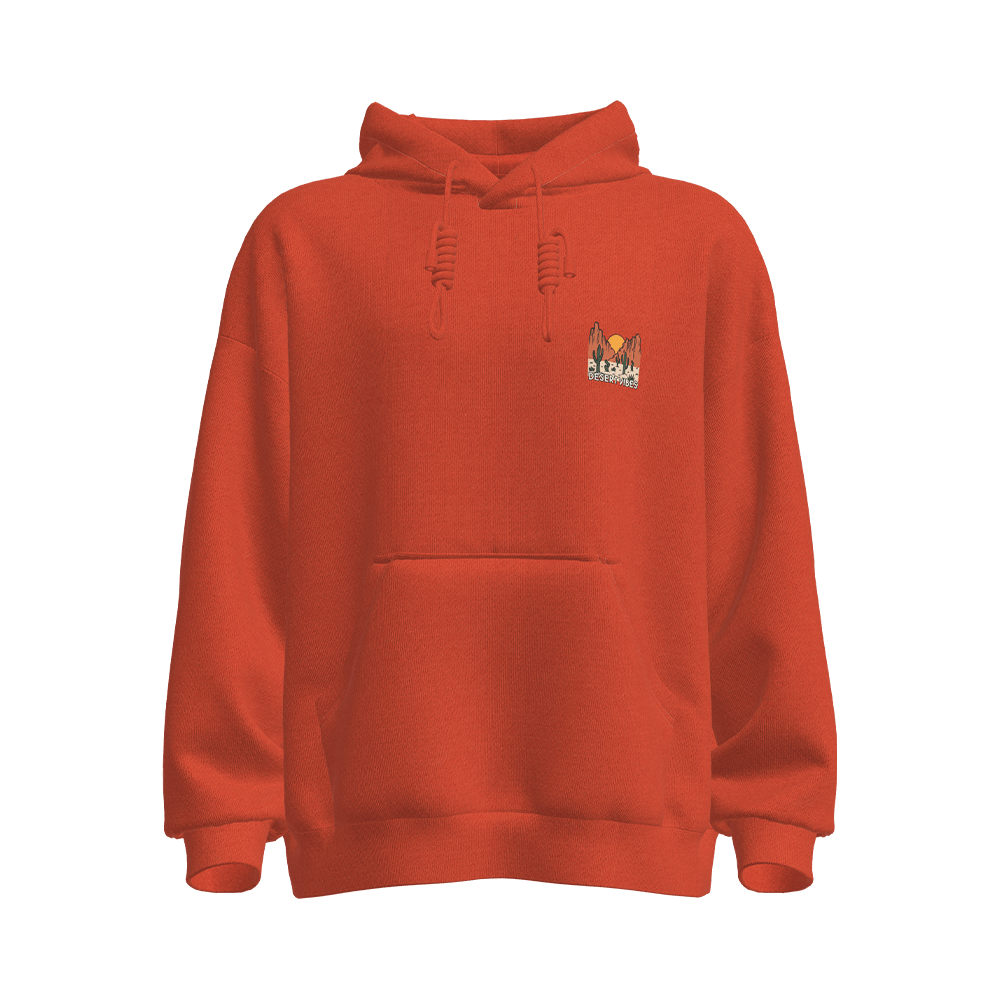

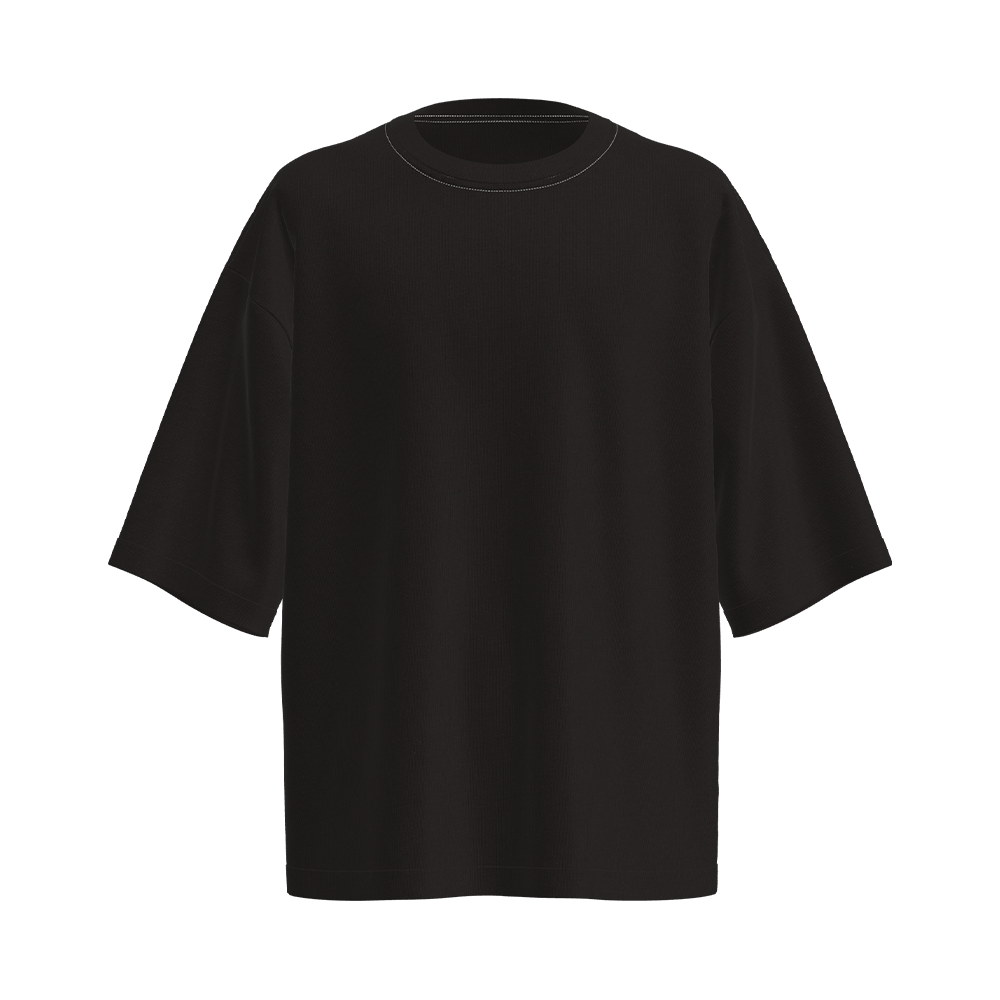
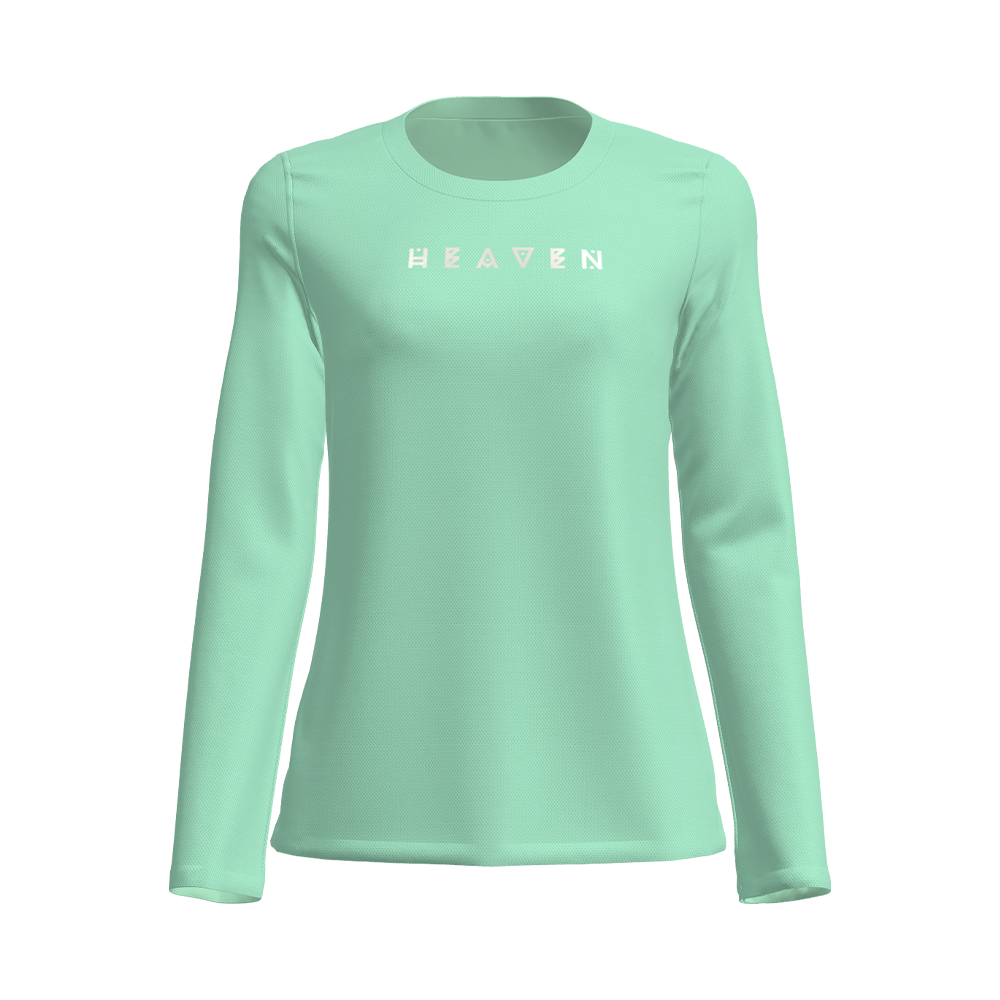
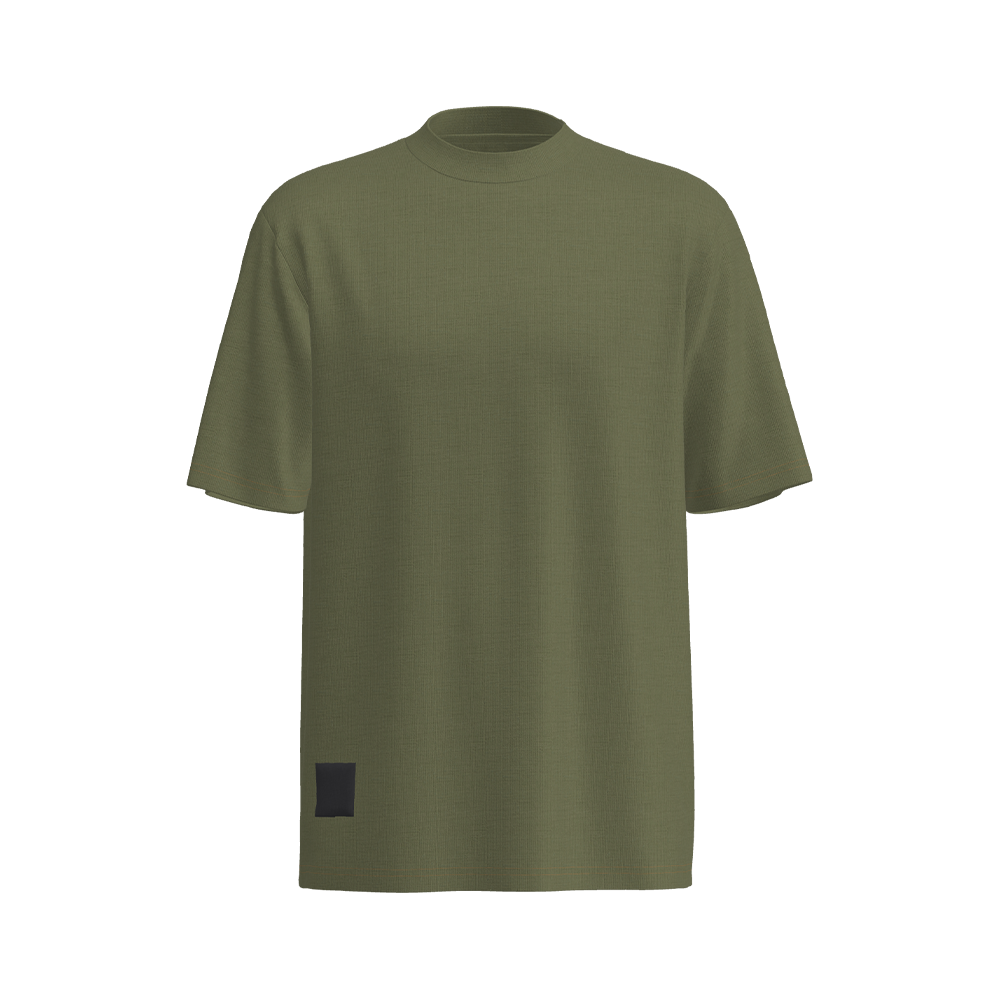
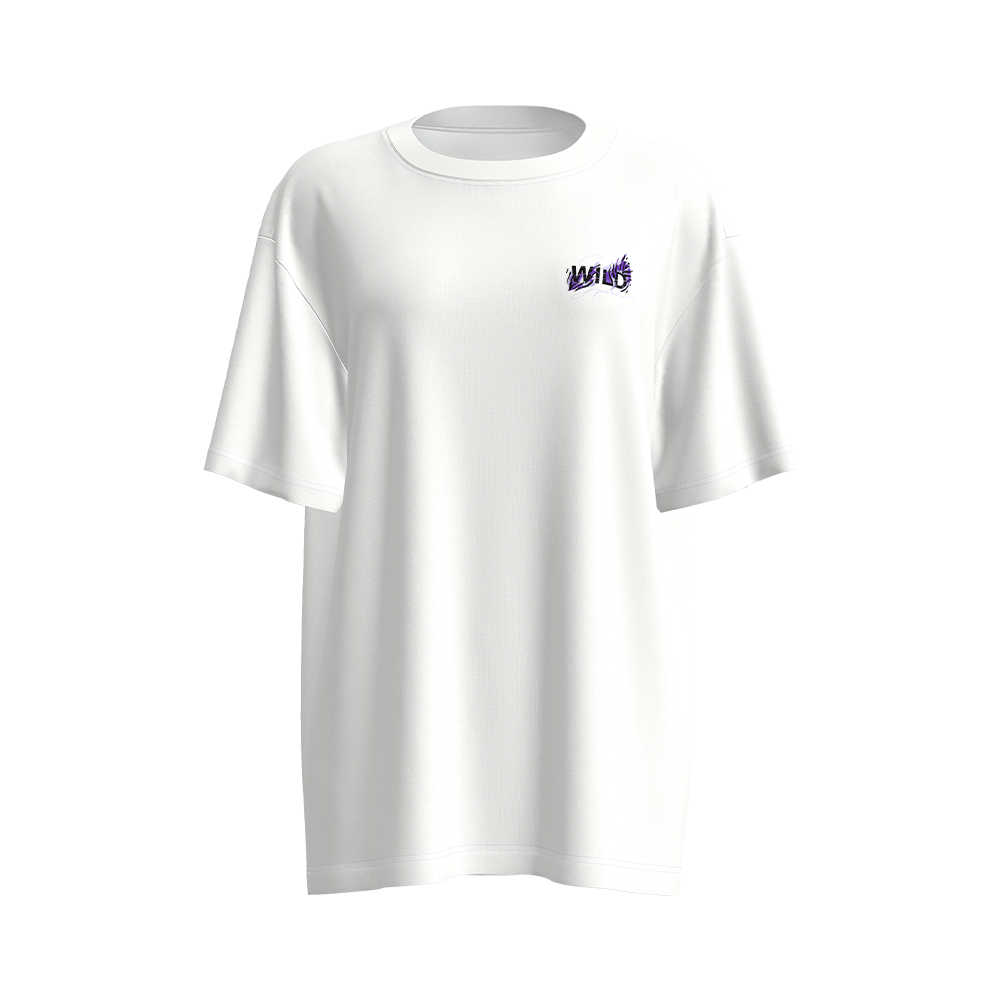








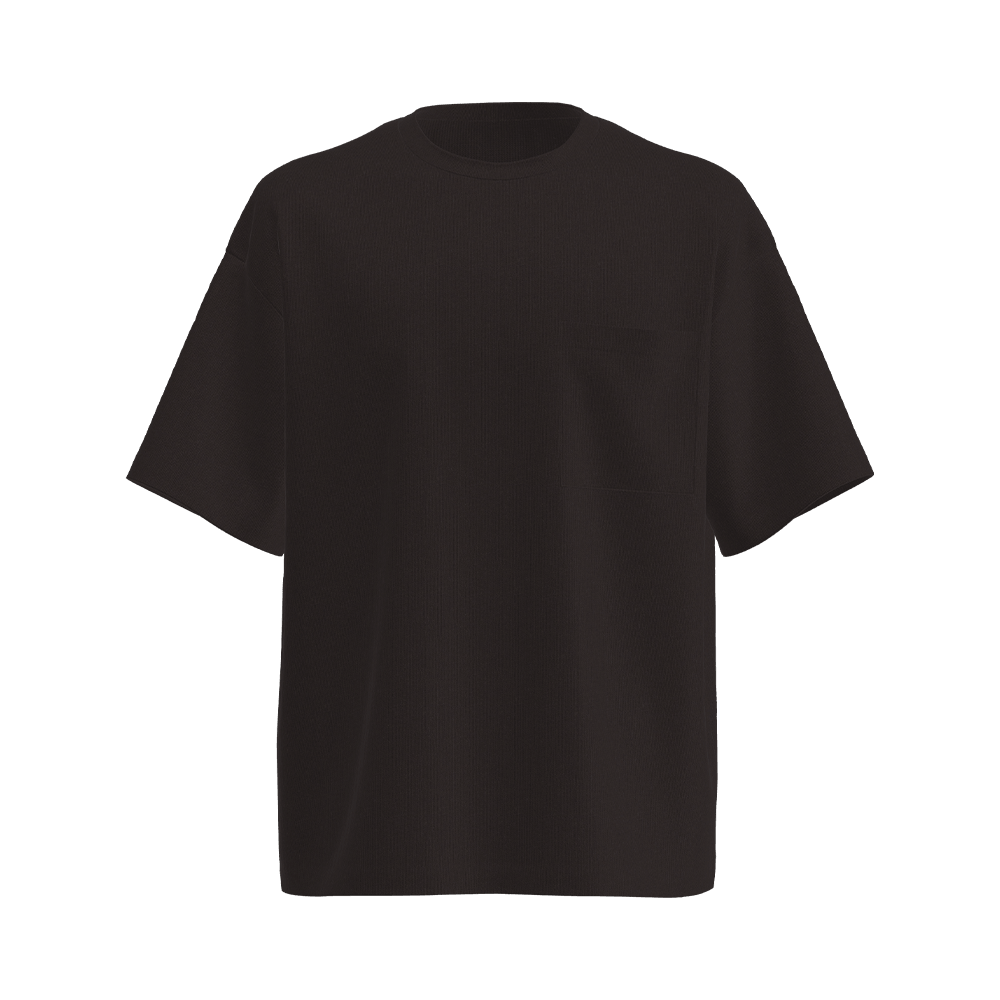
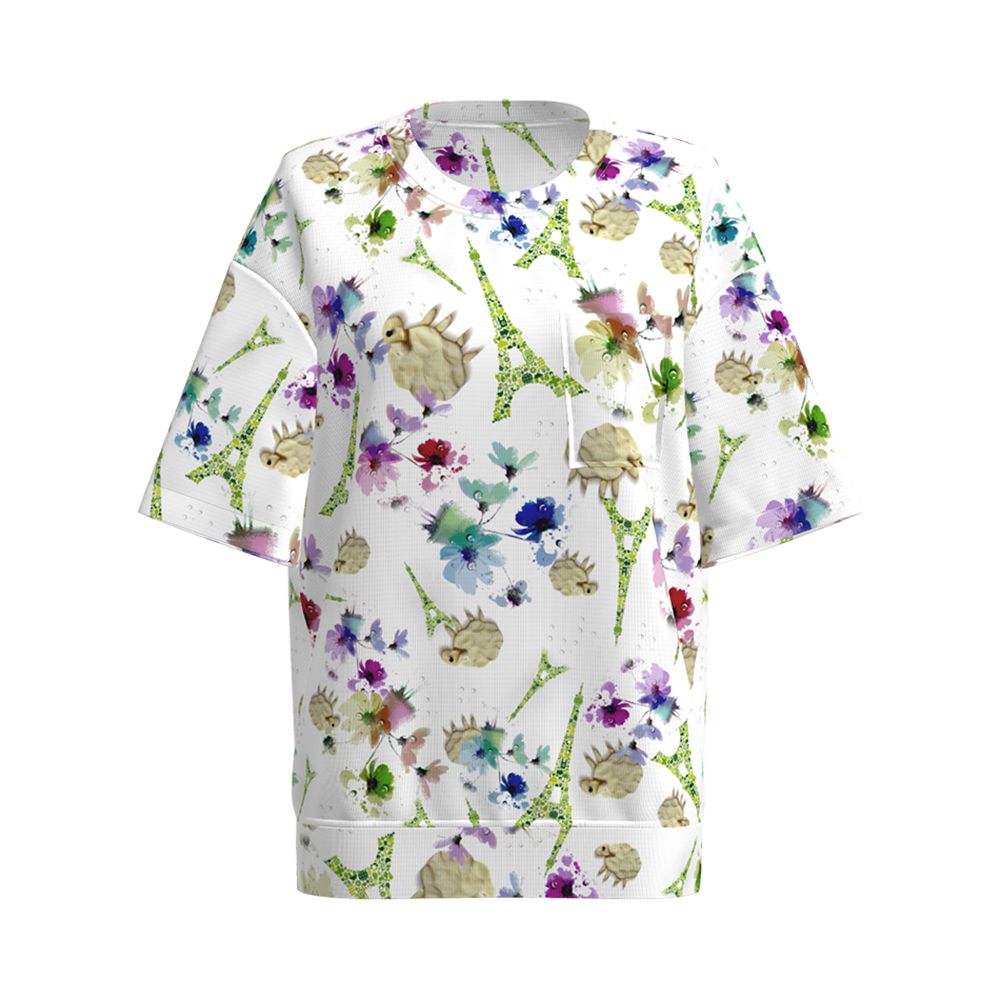
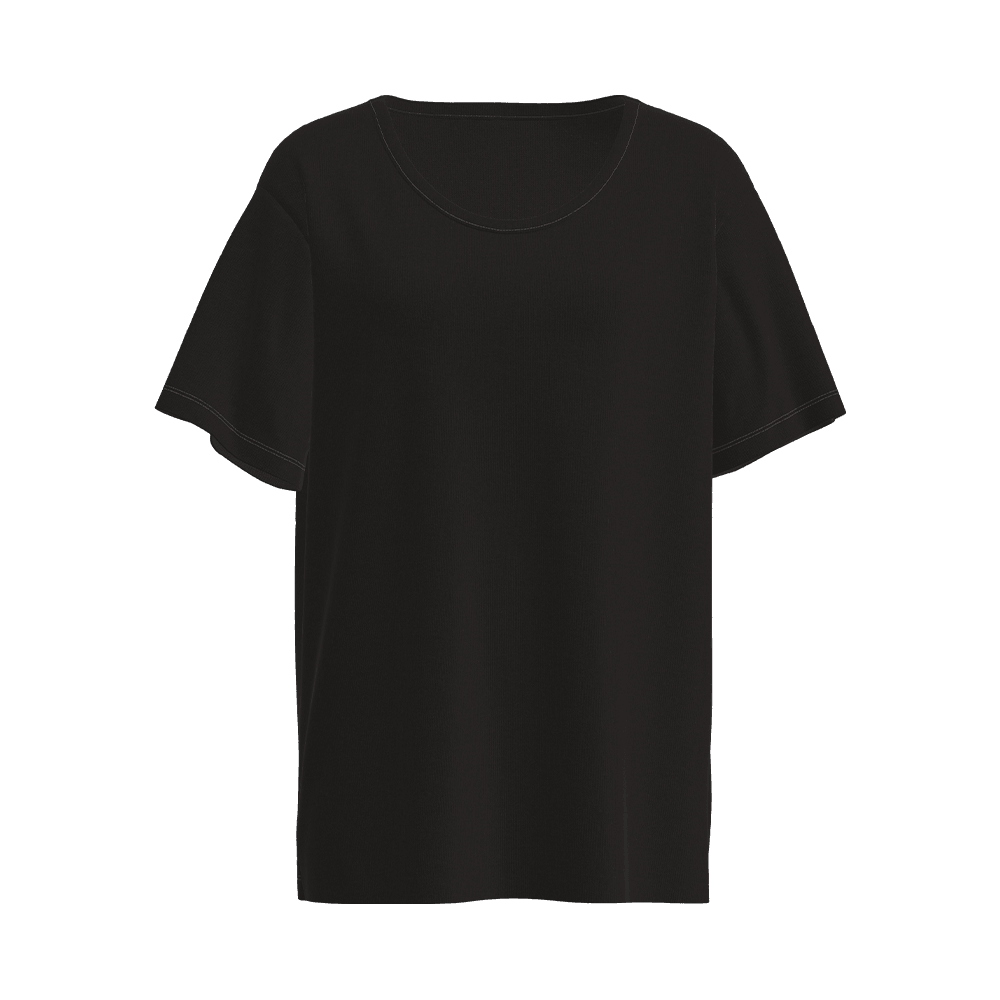



 +86-512-52528088
+86-512-52528088 +86-512-14546515
+86-512-14546515

